Saying Goodbye to Your Dog: How to Know When It’s Time
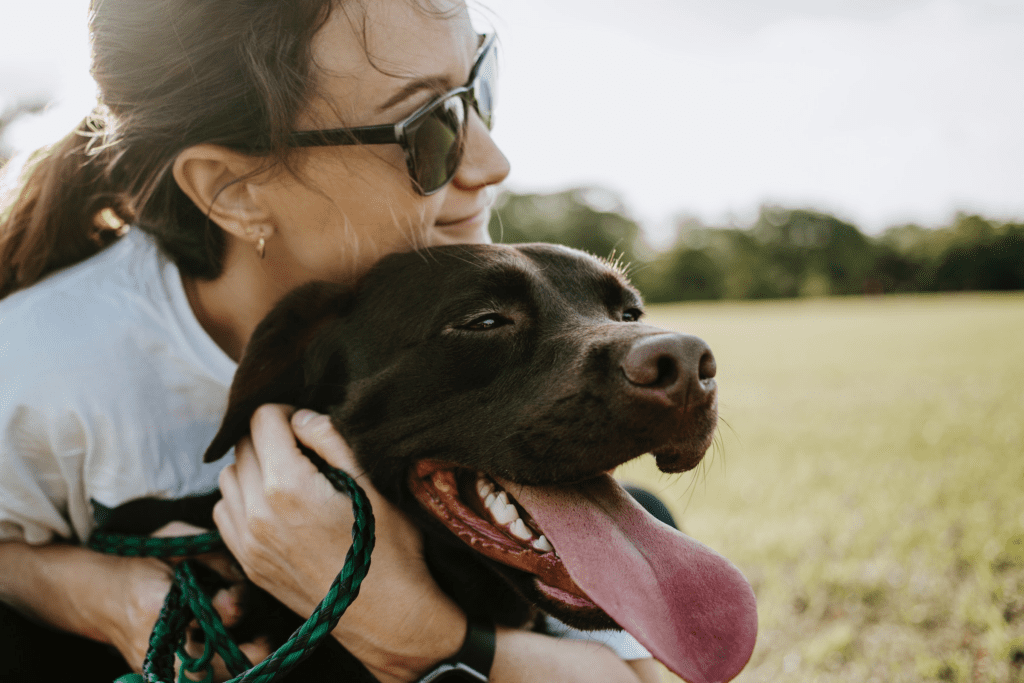
Preparing to Say Goodbye to Your Dog
For every person who loves and shares their life with a dog, the dreaded and inevitable day will come — the day when you question whether or not to intervene in how and when your dog’s life will end. It’s the thought of saying goodbye to your dog for the last time.
The first time for me was a few years ago when I had to make the decision for my dog, Rex. One day, he was his normal happy self — a little stiff in the backend as 11-year-old German Shepherds can be, but otherwise healthy. The next day, he was lethargic, not interested in food or water and barely acknowledging me with a tail wag when I approached him.
The Telltale Signs Your Dog Is Dying
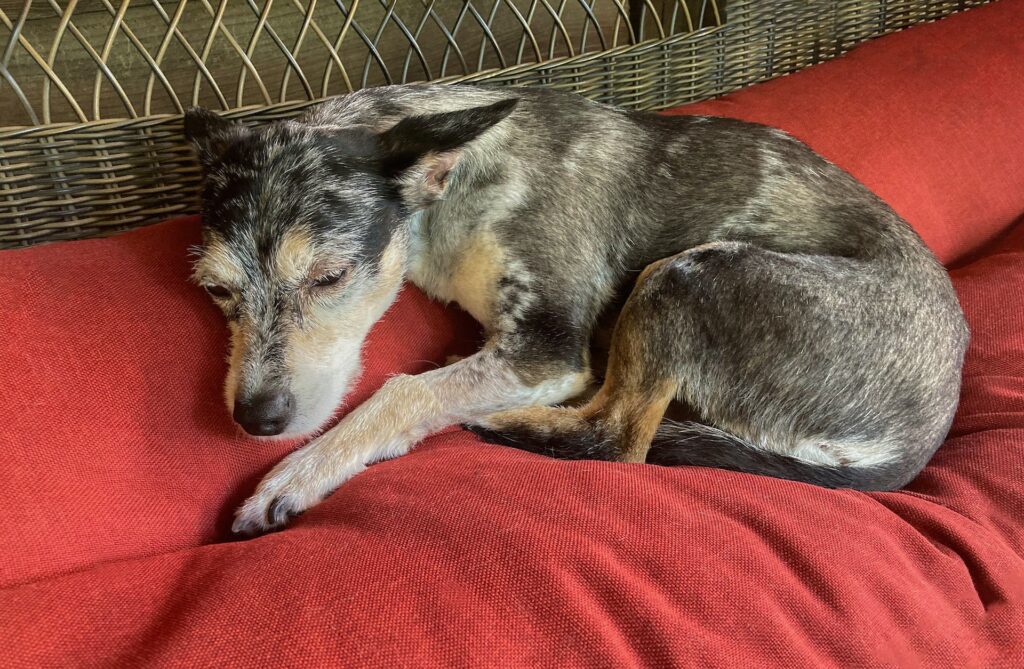
At first, I thought maybe he had eaten something that didn’t agree with him. But the next day, as he lay in the same spot not eating or drinking, I began to suspect. And when he continued lying in that spot and soiling himself, I knew.
Rex was leaving us and the only thing I could do was make him as comfortable as possible and watch over him to ensure his passing wasn’t painful. The first part of saying goodbye to your dog, is to provide as much comfort and serenity as you can.
To say Rex’s sudden deterioration was a surprise would be an understatement. If I knew then what I know now about the physical manifestations of death, I would have saved myself months of second-guessing and guilt about how I ultimately decided to end his life. So that you are spared the same anguish, I would like to share with you what I learned, about the signs a dog is dying, and saying goodbye to your dog when the time comes.
1) Prolonged Lethargy/Disinterest
This is the most common sign that the dying process has begun. Lying in one spot (oftentimes a quiet spot where they don’t usually lie), not interested in toys or walks, barely acknowledging family members — in other words, just not acting like themselves.
Sometimes dogs can become lethargic due to other health issues, but if you have ruled this out and it lasts more than a day, it may be a sign that it’s time to begin saying goodbye to your dog.
2) Stops Eating/Drinking
You know something is wrong when your dog refuses food, and this is one of the classic signs a dog is dying. If your dog is at this point, you can offer them the tastiest treat imaginable and they will not eat it.
They will also stop drinking water. This is due to the beginning of their organs shutting down. They no longer have the sensation of hunger or thirst.
You can try to keep them hydrated by giving them water in a dropper or turkey baster. But if they won’t swallow it, there’s not a whole lot you can do.
However, just because a dog stops eating and drinking for a day or so, it doesn’t mean they are dying. Be sure to rule out other health issues first with a visit to your vet.
3) Loss of Coordination
The next of the major signs that your dog is dying is a loss of balance and motor control. If your dog does get up and move around, they may be very wobbly or act disoriented. They may shake or convulse while lying down.
If you can, keep them in a confined, quiet comfortable area and remove anything they may bump into or knock over. Saying goodbye to your dog means protecting them, creating a safe space for them and giving them whatever help they need.
4) Incontinence
A dying dog will lie in one spot and not even move to relieve themselves. They may have diarrhea.
This is another one of the signs that a dog is dying. It’s a signal that your dog’s internal organs are shutting down. It is important during this time that you keep them and their bed clean and dry.
5) Labored Breathing
Towards the end, many dogs display difficulty breathing. Their breathing could be uneven, with lengthy gaps between inhaling and exhaling.
These are some of the hardest moments, because you know they’re suffering, and you know there’s nothing you can do. In these painful hours, saying goodbye to your dog means acknowledging that this is beyond your control. You can’t prevent it.
6) Seeking Comfort
This is the last and most heartbreaking of the main signs that a dog is dying. Some dogs will know their time is approaching and will look to their people for comfort.
Saying goodbye to your dog with love and grace means staying with your dog during these final hours, and reassuring them with gentle stroking and a soft voice. Take time off work, or from whatever else is going on. Don’t make your dog face the end alone.
At the time same time, as difficult as it is, try not to break down emotionally. Do everything you can to hold it together so as not to distress your dog.
Different Signs of Dying
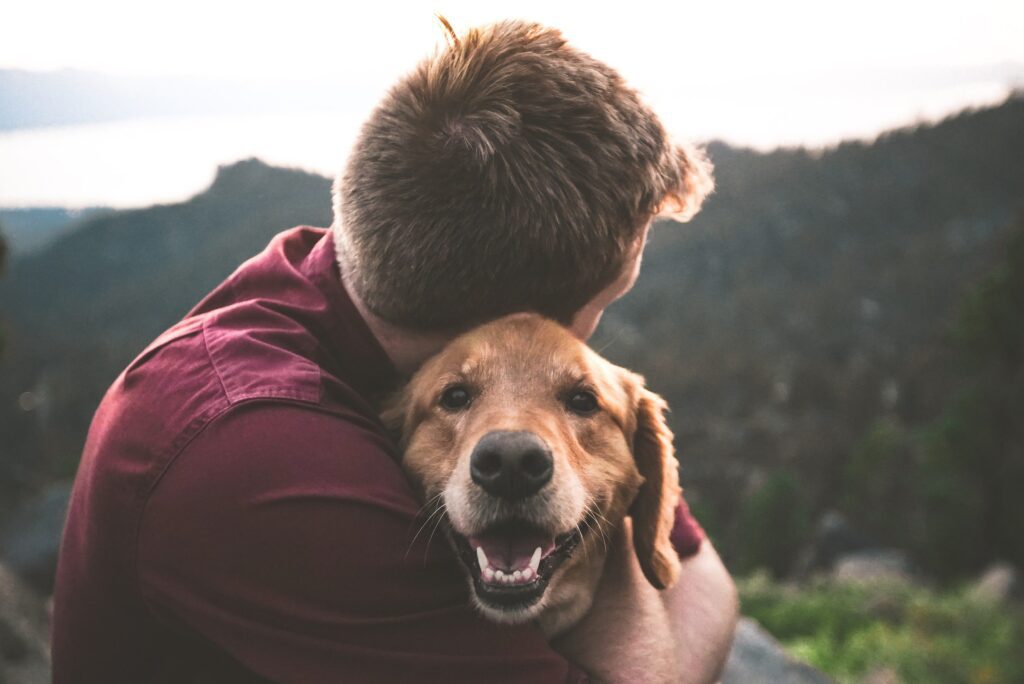
The signs that a dog is dying are not always consistent. Not all dogs will exhibit all of these signs, and some dogs will exhibit even more. While preparing for saying goodbye to your dog, you are going to have to decide if your dog needs your help crossing over.
If you have a significant other who shares caretaking responsibilities, you are going to have to discuss it and come to an agreement.
When Rex was exhibiting signs 1–4 above, my husband and I initially disagreed on what steps we should take. He was in grief and denial and wanted to take Rex to the vet to have everything possible done to save him.
I knew in my gut that it wouldn’t make a difference. I was practically hysterical at the thought of carting Rex to the vet to be put through a battery of uncomfortable procedures only to prolong his life for what I knew would only be a matter of days. I was adamant that he stay at home, with us, so we could comfort him until he died.
For me, saying goodbye to your dog in these moments meant advocating to provide him with peace, not last-ditch desperate schemes that would only add to his suffering and confusion in the final hours.
Making the Decision
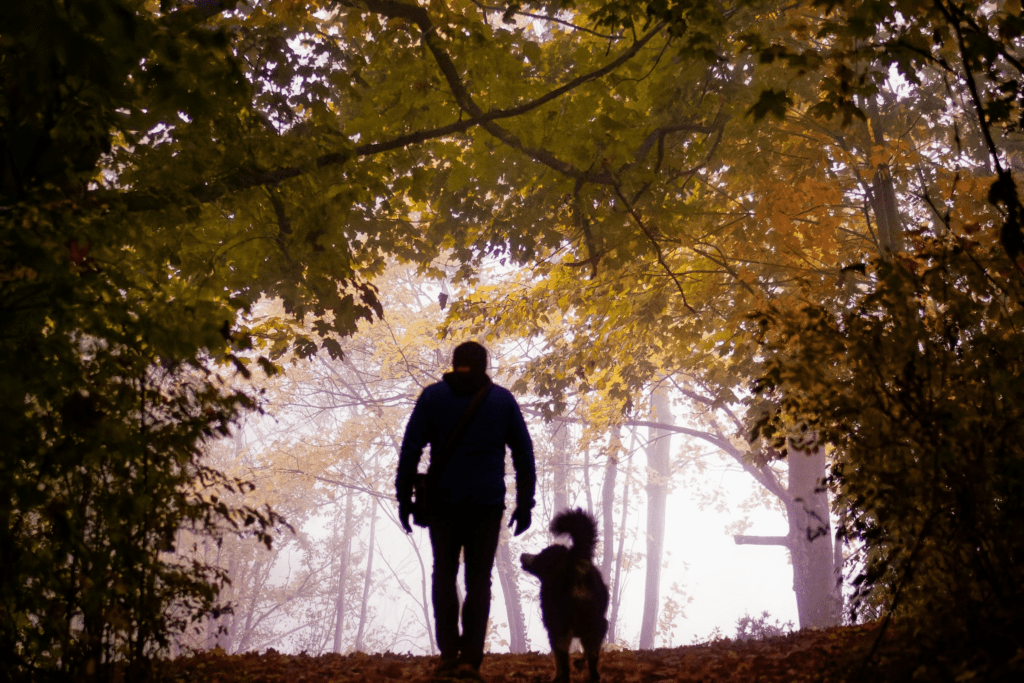
Unfortunately, Rex’s passing was not as easy as him just falling asleep one night and not waking again. As much as I wanted him to stay with us, the point came when I knew we had to intervene.
He was deteriorating, and I could see in his eyes that he wasn’t really there anymore. I had done some research online by that point and had chosen a vet who would make house calls. I set an appointment for the next day.
That day we spent time saying goodbye. Saying goodbye to your dog here in these last long hours is a very personal private thing. Each person does it in their own way.
The Farewell Process
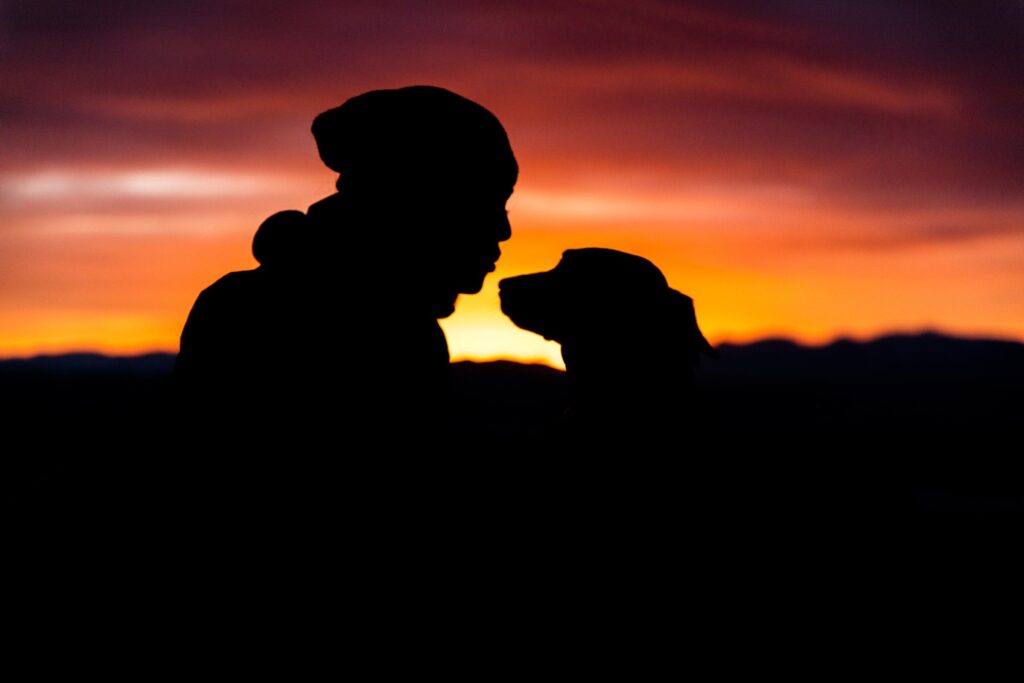
We were as ready as we could be when the vet arrived. Now the long hours of suffering and decline changed. Everything happens so fast at the end. This is the part of the process when saying goodbye to your dog means summoning a great feeling of remembrance and goodwill, and best wishes for the journey to come.
The vet injected Rex with a sedative tranquilizer, which helped him relax. He was not in any pain. Then, when we were ready, the vet injected Rex with an overdose of barbiturate, which stops the heart and breathing muscles.
Because Rex had not been drinking water and had diarrhea, he was too dehydrated to produce a viable vein, so the vet had to inject the drug into his stomach. This is not the most efficient delivery, and Rex was a big dog, so unfortunately, the first dose of barbiturate did not produce death and a second dose was needed a few minutes later.
Rex was sedated and not suffering, but this was quite upsetting to us, as you can imagine. I only mention this because nothing ever works perfectly, even when you need it to the most, but it can still be okay. Rex was with us and not in pain, so it was okay. He passed on very shortly after the second dose.
What to Expect Immediately After Death

You should know that during the moment of, and even after death, a dog can vocalize, twitch and possibly eliminate. This is all perfectly natural as the muscles and organs of the body release for the last time. Rex jerked a few times and then let out a big breath, and then his body lost all tension and he was free.
This is the part of saying goodbye to your dog when you are truly alone, truly separated from him for the first time. Some people are numb in this moment. Others let their tears flow.
There is no wrong response now. It is the end of a long journey together with a beloved family member, and the beginning of a new voyage of healing.
Final Arrangements
Our house call vet provided the extra service of taking Rex with him and arranging for cremation. He also took an impression of Rex’s paw and cast it for us as a memento.
I keep the cast in my nightstand and Rex’s ashes live in a redwood box that rests on a shelf behind his picture in the living room. Maybe it’s weird, but I never wanted to scatter his ashes anywhere — I wanted him to stay with us. Saying goodbye to your dog doesn’t have to mean forgetting about him.
On a pragmatic note, these types of services may need to be financially planned for in advance — the at-home euthanasia, body transport, cremation and paw cast ended up costing around $600.
It was well worth it for us to have the ability to say goodbye to Rex on our own terms. We were also extremely lucky in our choice of vet. He was caring, patient and sympathetic. He really made us feel like he was there for us and let us set the pace.
A good vet can really help you with saying goodbye to your dog, by providing a professional understanding presence, with guidance and empathy.
Research End of Life Options Today
I recommend setting aside some time, before your dog is sick or old, and researching services available in your area if you think this is something you’ll want to do when the time comes. I did my research online but you can also get referrals from your regular vet.
Remember that, for as difficult as it is to make this decision for your pet, you need to do what is in their best interest — not yours. If you are having a hard time with this, refer to the Quality of Life Scale to see where your dog’s condition falls.
If they exhibit the signs that a dog is dying, do the loving humane thing and help your dog out of their discomfort. Saying goodbye to your dog means knowing when to let go.
You can’t replace a family member, but that doesn’t mean your family can never grow again. My personal philosophy is this: The reason dogs don’t live as long as we do is so we can help more dogs.
Take your time to do your grieving, but not too much. As devastating as it was (and still is) to lose Rex, the one thing that brought me comfort was adopting another dog who needed me. After Rex’s passing, I ran across Big Duke’s picture on a shelter website and his resemblance to Rex was uncanny.
Saying goodbye to your dog creates the beginning of space in your life for another dog. Letting go of Rex allowed me to save Big Duke from a high-kill shelter. I felt like it was Rex’s way of letting me know that it was time to turn my grief into something positive. Saying goodbye to Rex allowed me to say hello to Big Duke, and saving a life has helped me to heal.
Saying goodbye to your dog is a process, and it can take a long time. But at some point the healing can begin, and this is when many people begin to start thinking about opening their home and heart to another dog.
You can learn more about the grieving process and how to move on after the death of a pet here.



